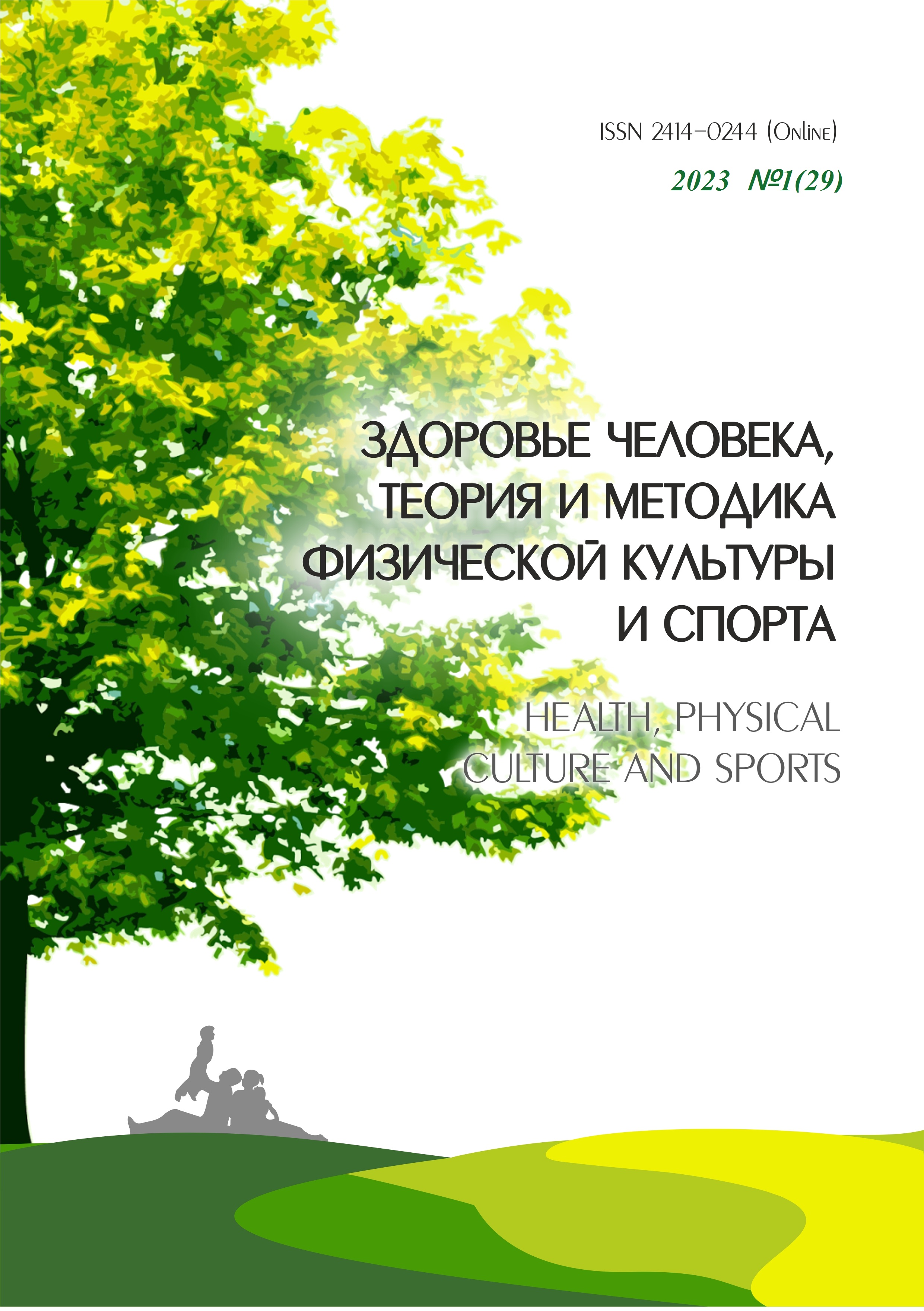DEVELOPMENT OF A KIWI, CUCUMBER AND GREEN APPLE DRINK
Abstract
The raw materials Kiwi, Cucumber and Green apple “Granny Smith” were studied in order to optimize the composition of a multi-component juice, through the methodology of design of response surface based on their sensory and quality characteristics. Model test samples of mono-component, two-component and multi-component drinks from the listed raw materials were developed by cold pressing. Characterization of the developed test samples was carried out on the basis of the physicochemical, sensory and spectral tests carried out on the day of their receipt.As a result of the obtained mathematical models for the content of total polyphenols, antioxidant capacity, evaluated by determining the radical scavenging ability (DPPH-test) and sensory evaluation, the composition of developed test samples of drinks based on fruits and vegetables was optimized, the following composition is recommended: drink from kiwi — from 0 to 50 % or from 75 to 100 %,cucumber — from 0 to 15 % and green apple “Granny Smith” — from 25 to 100 %.
Downloads
References
Brand-Williams, W., Cuvelier, M., Berst, C. (1995). Use of a free radical method to evaluate antioxidant activity. Lebensmittel Wissenschaft and Technologie, 28, 25–30.
Singleton, V., Rossi, J., (1965). Colorimetry of total phenolics with phosphomolybdic — phosphotungstic acid reagents. American Journal of Enology and Viticulture (50): 3828–3834.
Copyright (c) 2023 Health, physical culture and sports

This work is licensed under a Creative Commons Attribution-NonCommercial 4.0 International License.
An author should not normally publish manuscripts describing essentially the same research in multiple journals or publication venues. Such redundant publication is generally considered to constitute unethical publishing behavior, and if discovered may result in a manuscript under consideration being rejected, or a published article being retracted.
Authors of manuscripts reporting on original research should present an accurate account of the work performed, accompanied by an objective discussion of its significance. Underlying data should be represented accurately in the manuscript. The manuscript should contain sufficient detail and references to permit others to replicate the work. The fabrication of results and the making of fraudulent or knowingly inaccurate statements constitute unethical behavior and may be cause for rejection or retraction of a manuscript or published article.





